Among the array of pumping systems, two key players emerge the non-clog centrifugal pump and the self-priming booster pump. These technologies have revolutionized various industries, from wastewater management to agricultural irrigation, offering solutions to fluid transportation challenges with their distinct features and functionalities.
Non-Clog Centrifugal Pumps:
Non-clog centrifugal pumps are renowned for their ability to handle fluids laden with solids, debris, and other particulate matter without clogging. Unlike conventional pumps, which may succumb to blockages and require frequent maintenance, non-clog centrifugal pumps boast robust designs that ensure continuous operation even in the harshest environments.
One of the defining characteristics of non-clog centrifugal pumps is their impeller design. Typically featuring open or semi-open impellers with large passages, these pumps can effectively pass solids of varying sizes without impeding flow. This design not only reduces the risk of clogging but also less downtime associated with maintenance and unclogging procedures.
Moreover, advancements in materials science have further bolstered the performance and longevity of non-clog centrifugal pumps. Manufacturers now utilize durable materials such as stainless steel, hardened alloys, and abrasion-resistant coatings to enhance wear resistance and corrosion protection, prolonging the operational lifespan of these pumps in demanding applications.
Self-Priming Booster Pumps:
In scenarios where priming is a logistical challenge, self-priming booster pumps offer a practical solution by eliminating the need for manual priming or external priming systems. These pumps possess the unique ability to evacuate air from the suction line and create a vacuum, enabling them to self-prime and initiate fluid transfer without external assistance.
The self-priming mechanism employed by these pumps typically involves the use of a recirculation system or a built-in air evacuation chamber. When the pump is initially started, a portion of the fluid is redirected back into the pump casing, facilitating the expulsion of air and the establishment of prime. Once primed, the pump operates efficiently, delivering consistent flow rates and pressures without the risk of cavitation or performance degradation.
Applications and Benefits:
Both non-clog centrifugal pumps and self-priming booster pumps find wide-ranging applications across diverse industries:
- Municipal Wastewater Treatment: Non-clog centrifugal pumps play a crucial role in transporting sewage and sludge containing solid waste materials, ensuring efficient processing and disposal.
- Industrial Processes: Self-priming booster pumps are employed in industrial settings for fluid transfer, circulation, and pressurization, facilitating various manufacturing processes.
- Agriculture and Irrigation: Both pump types are utilized for irrigation systems, drainage operations, and water distribution networks in agricultural applications, enhancing crop yields and water efficiency.
- Construction and Mining: Non-clog centrifugal pumps are utilized in dewatering operations at construction sites and mine shafts, effectively managing groundwater and preventing flooding.
The integration of these pumps into critical infrastructure systems contributes to operational resilience, cost savings, and environmental sustainability. By optimizing fluid transportation processes and mitigating the risks associated with clogging, priming, and downtime, non-clog centrifugal pumps and self-priming booster pumps empower industries to meet the challenges of fluid management with confidence and efficiency.
In the ever-evolving landscape of fluid dynamics, non-clog centrifugal pumps and self-priming booster pumps stand as exemplars of innovation and reliability. Through their advanced design principles, robust construction, and versatile applications, these pumps address the diverse needs of modern industries, offering solutions that transcend the limitations of traditional pumping technologies. As industries continue to evolve and expand, the role of these pumps in enhancing fluid handling capabilities will remain indispensable, driving efficiency, productivity, and sustainability across the board.

 English
English русский
русский Español
Español
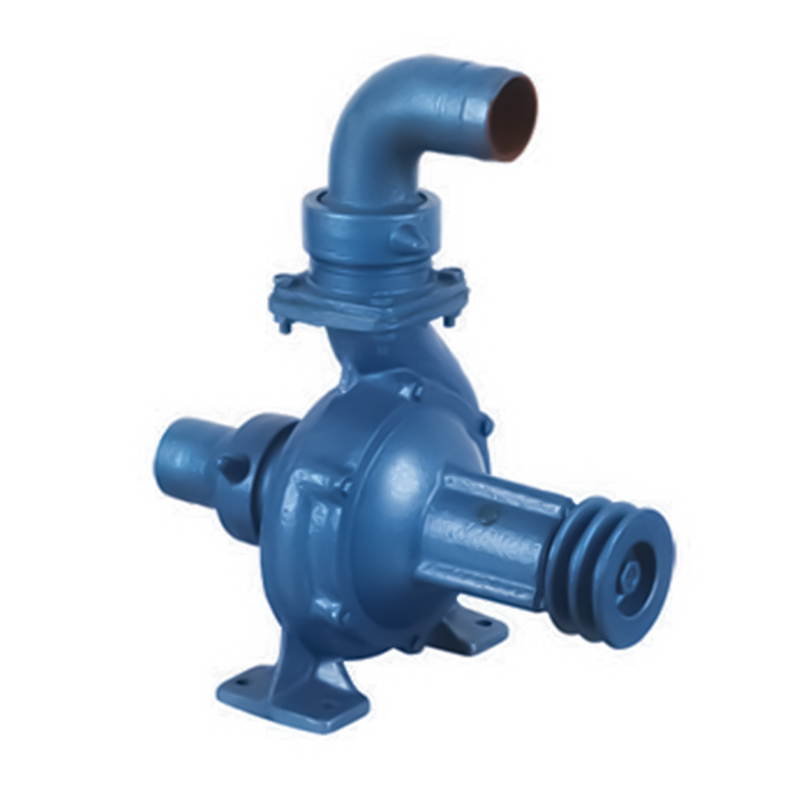
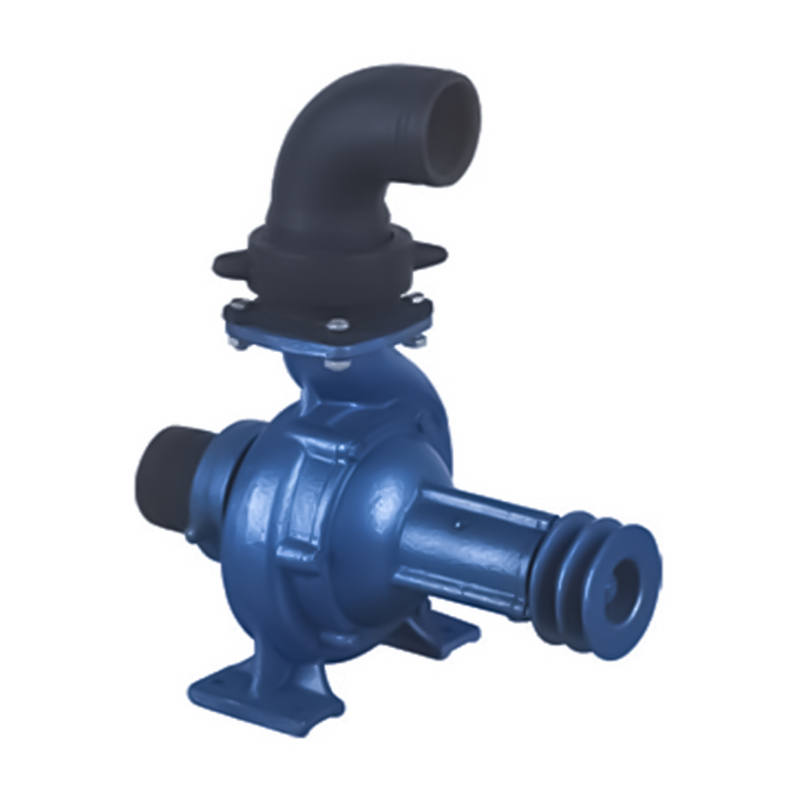

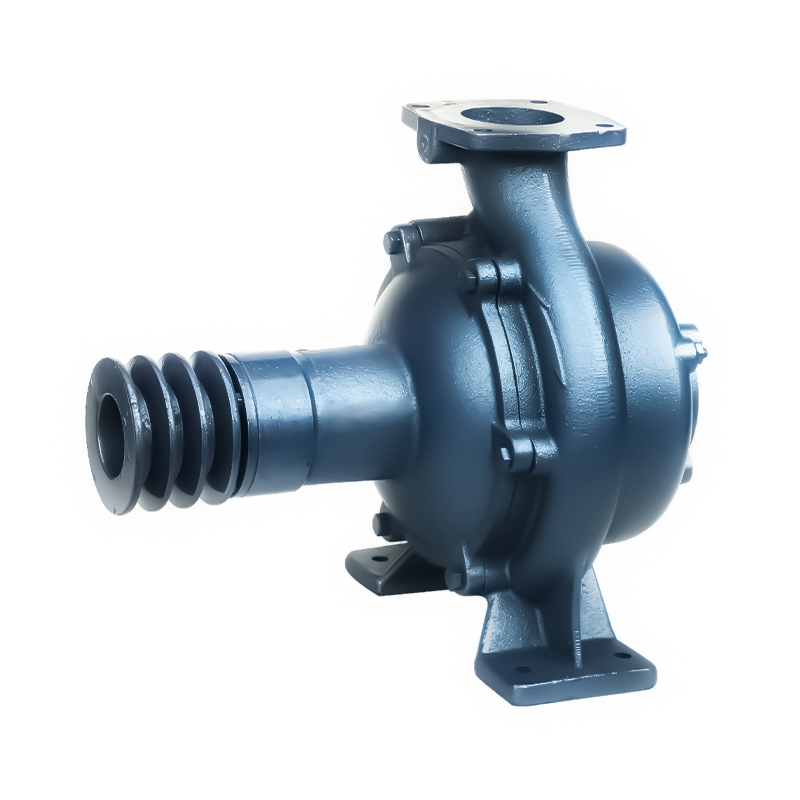
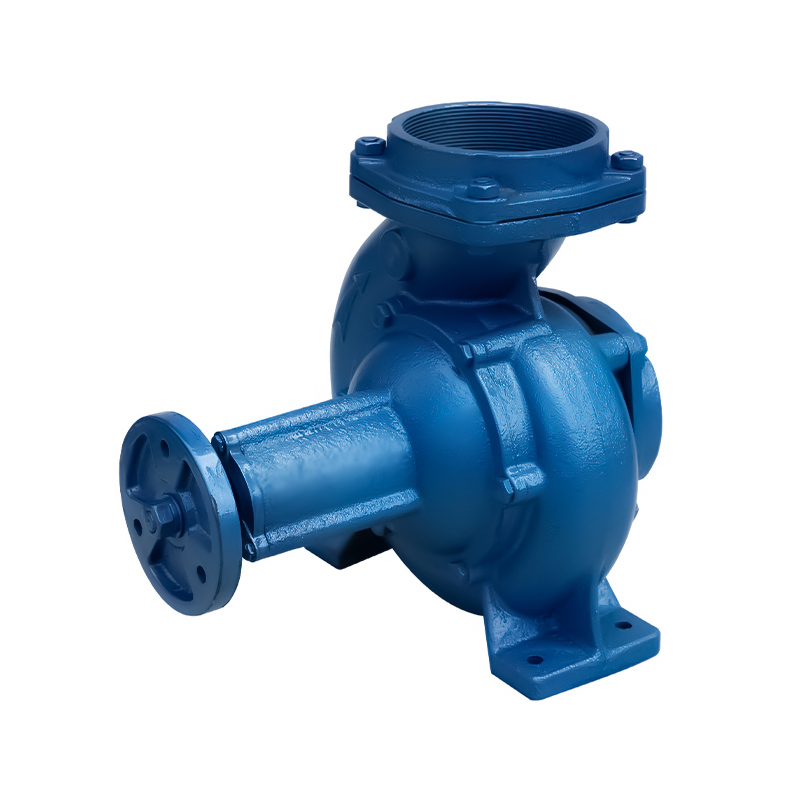
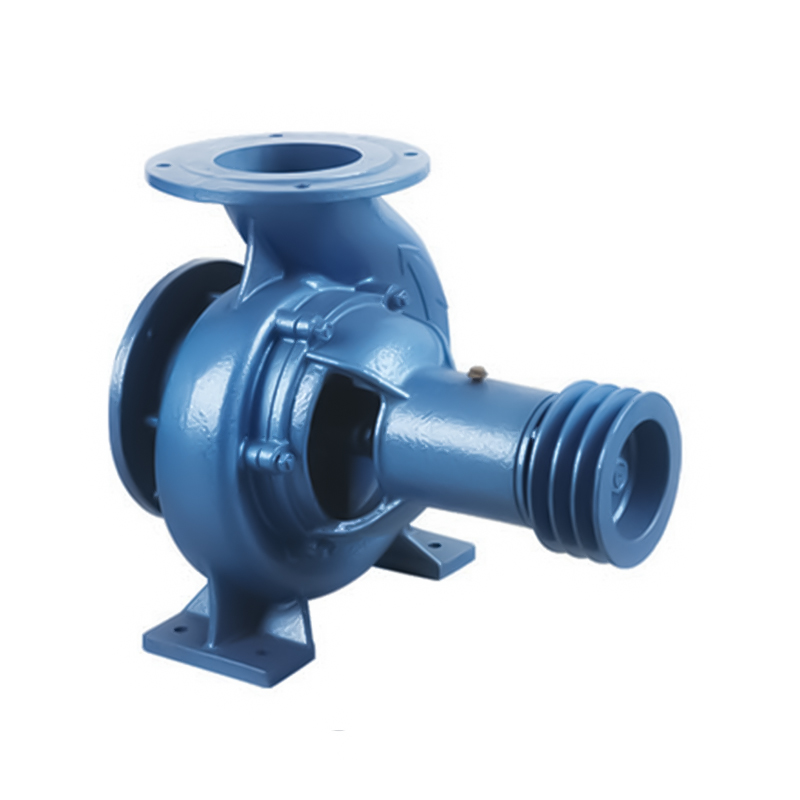
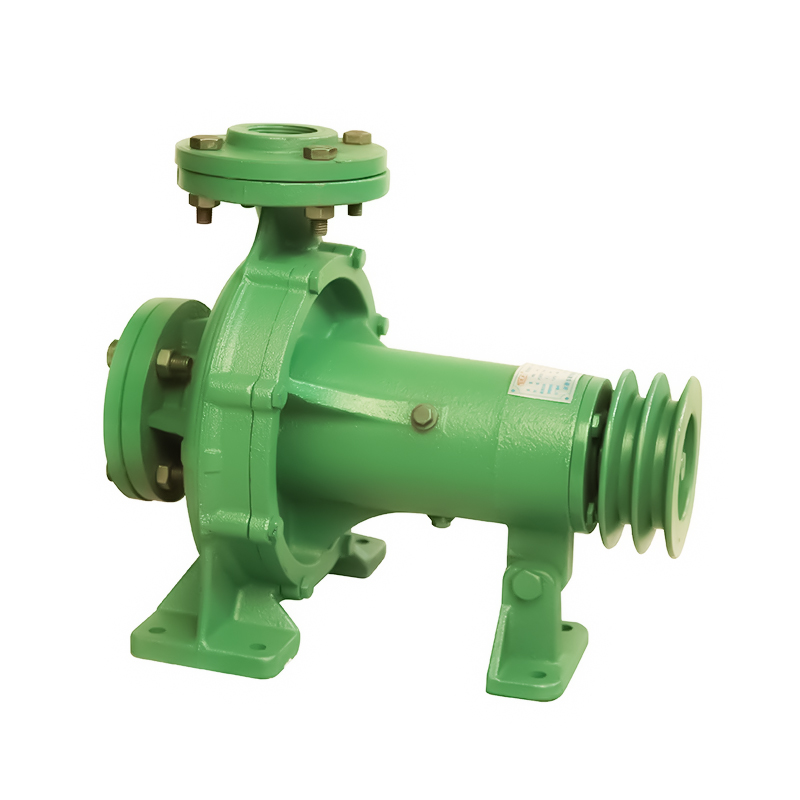

 Email:
Email:
 Phone:+86-13605899207
Phone:+86-13605899207

